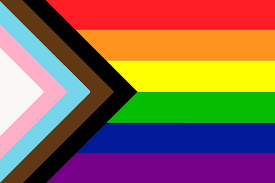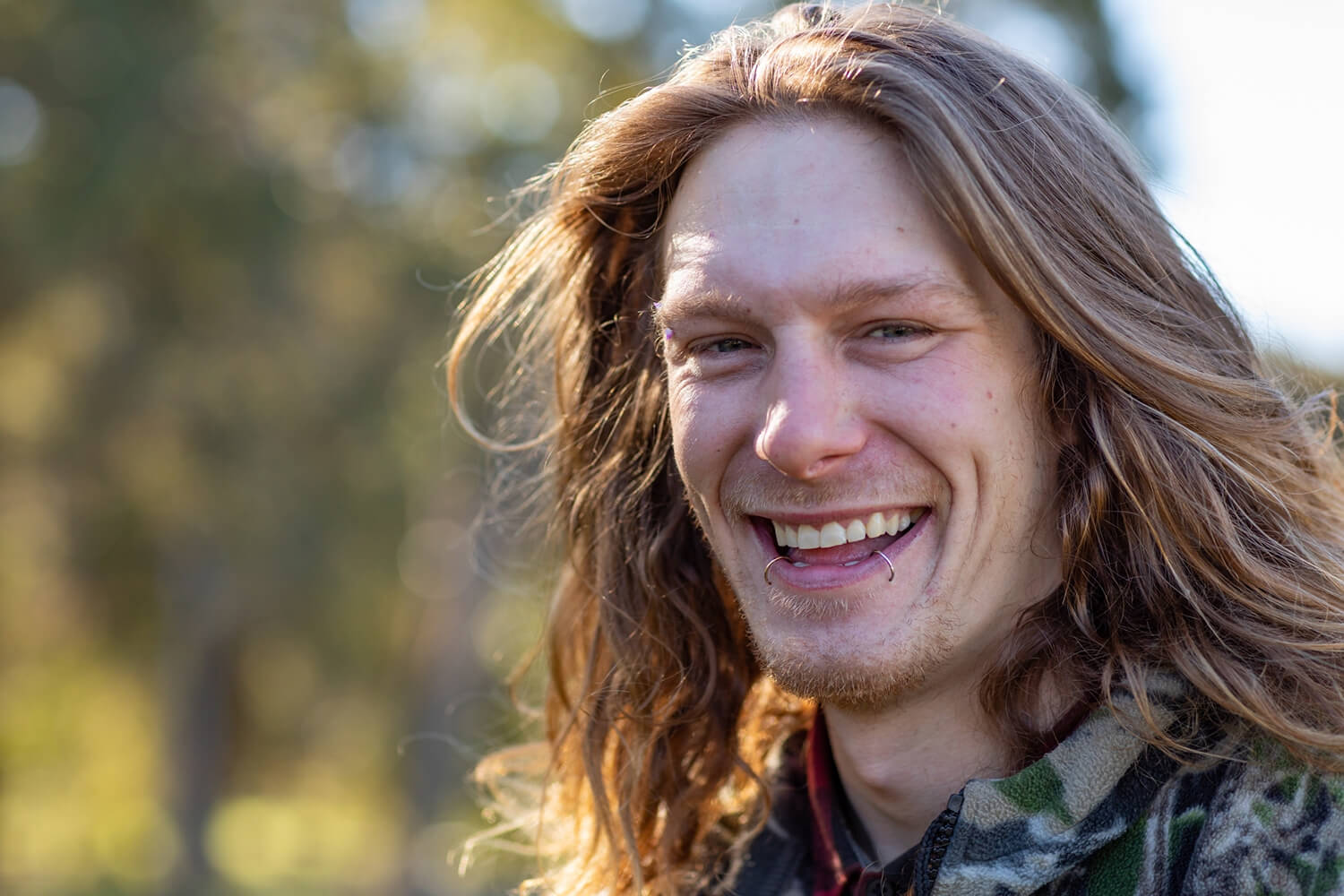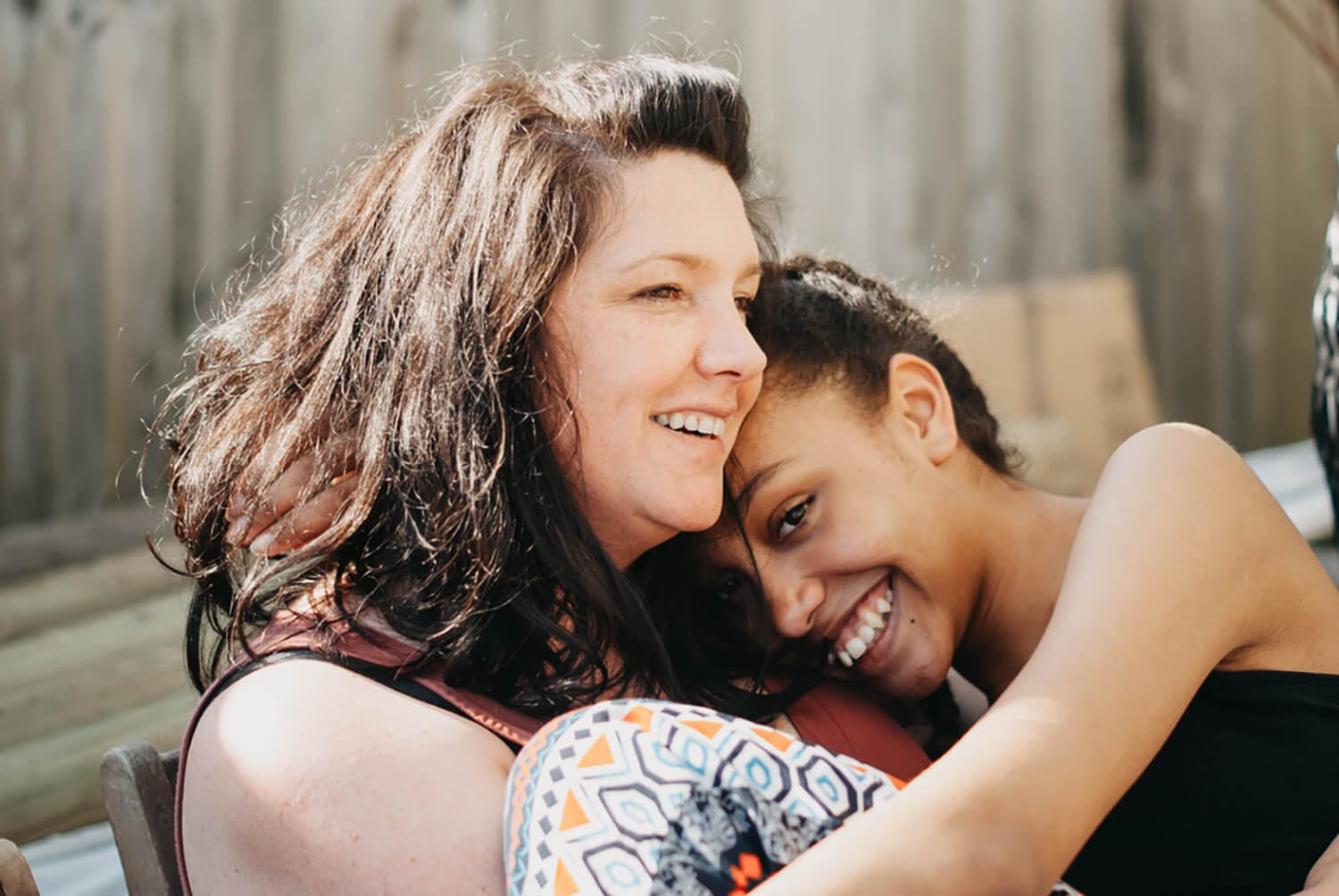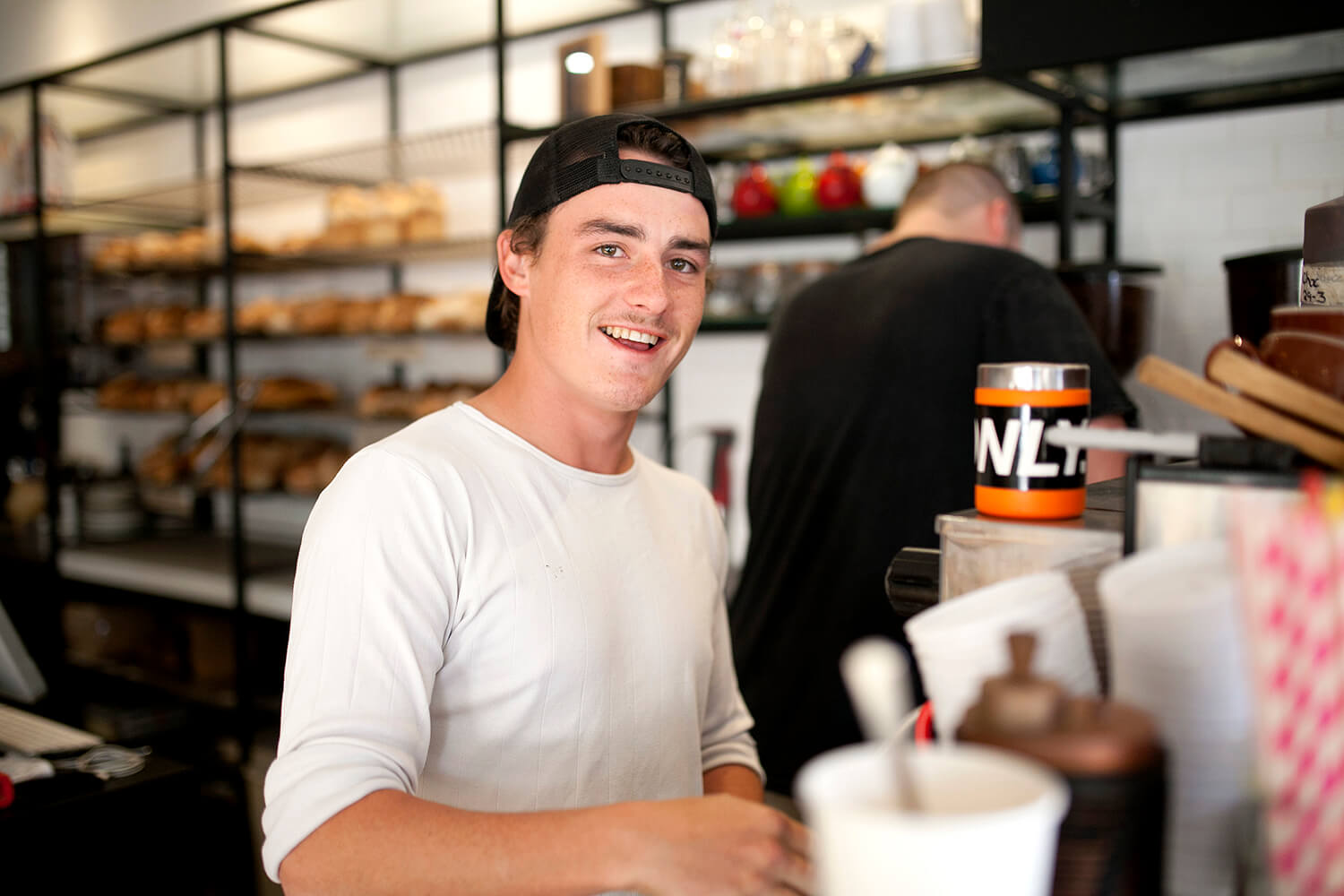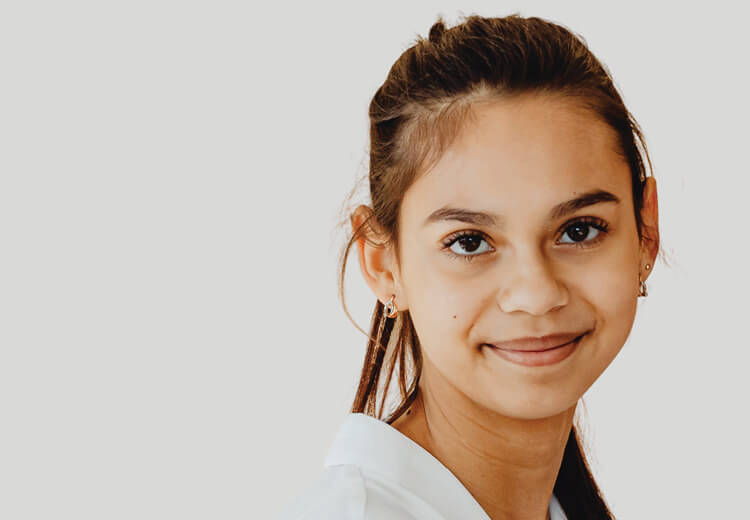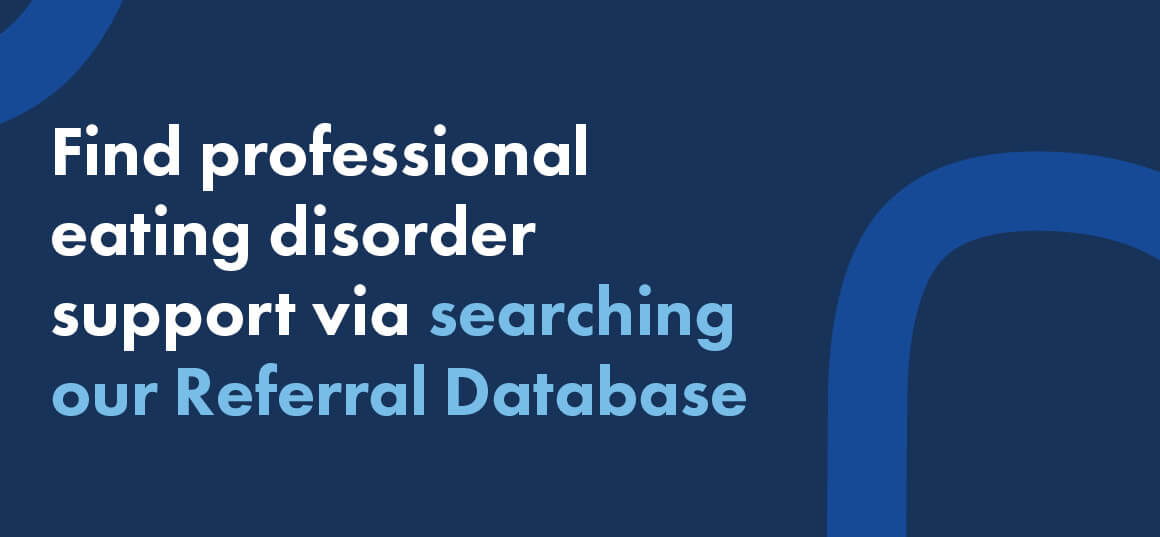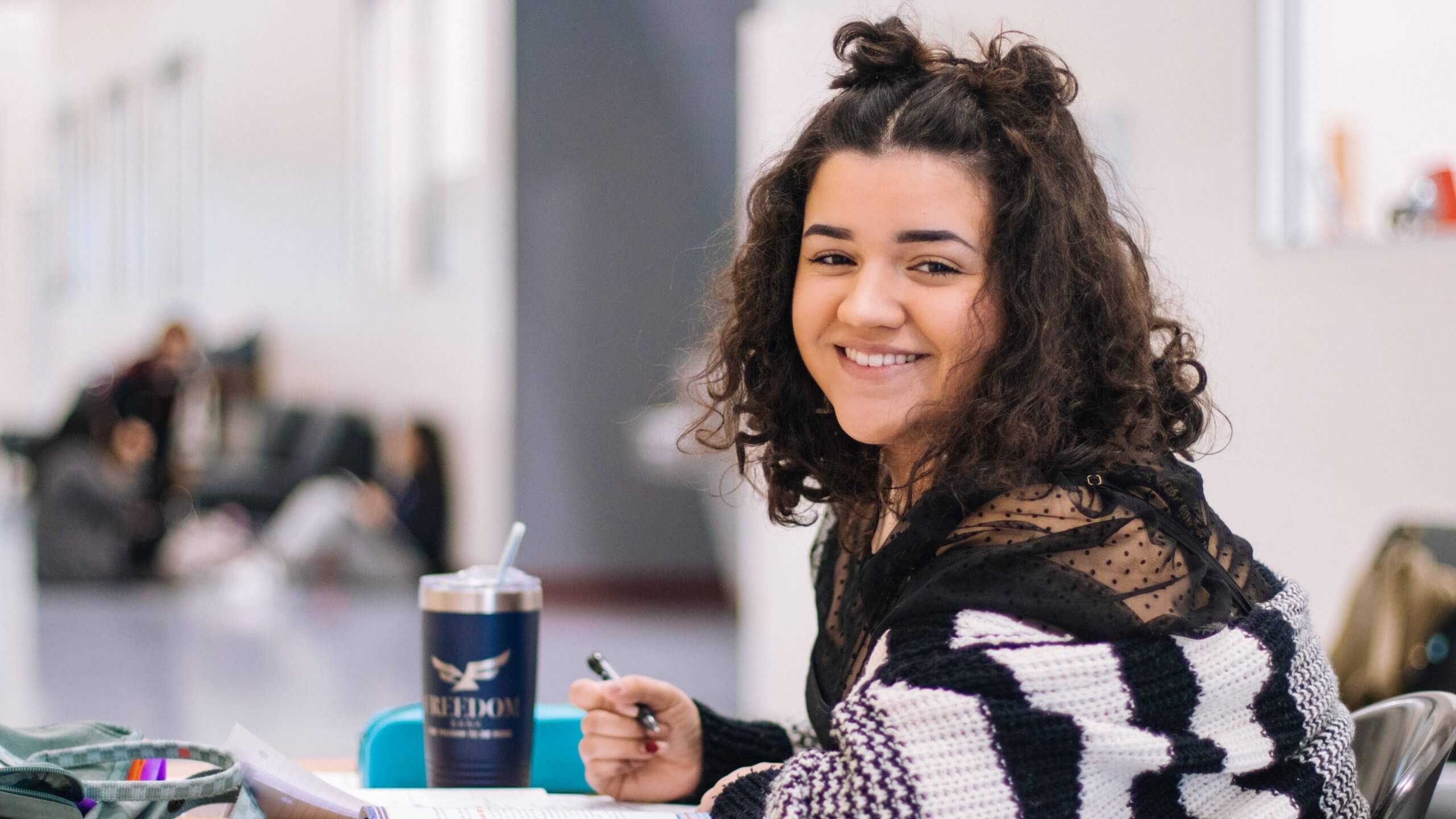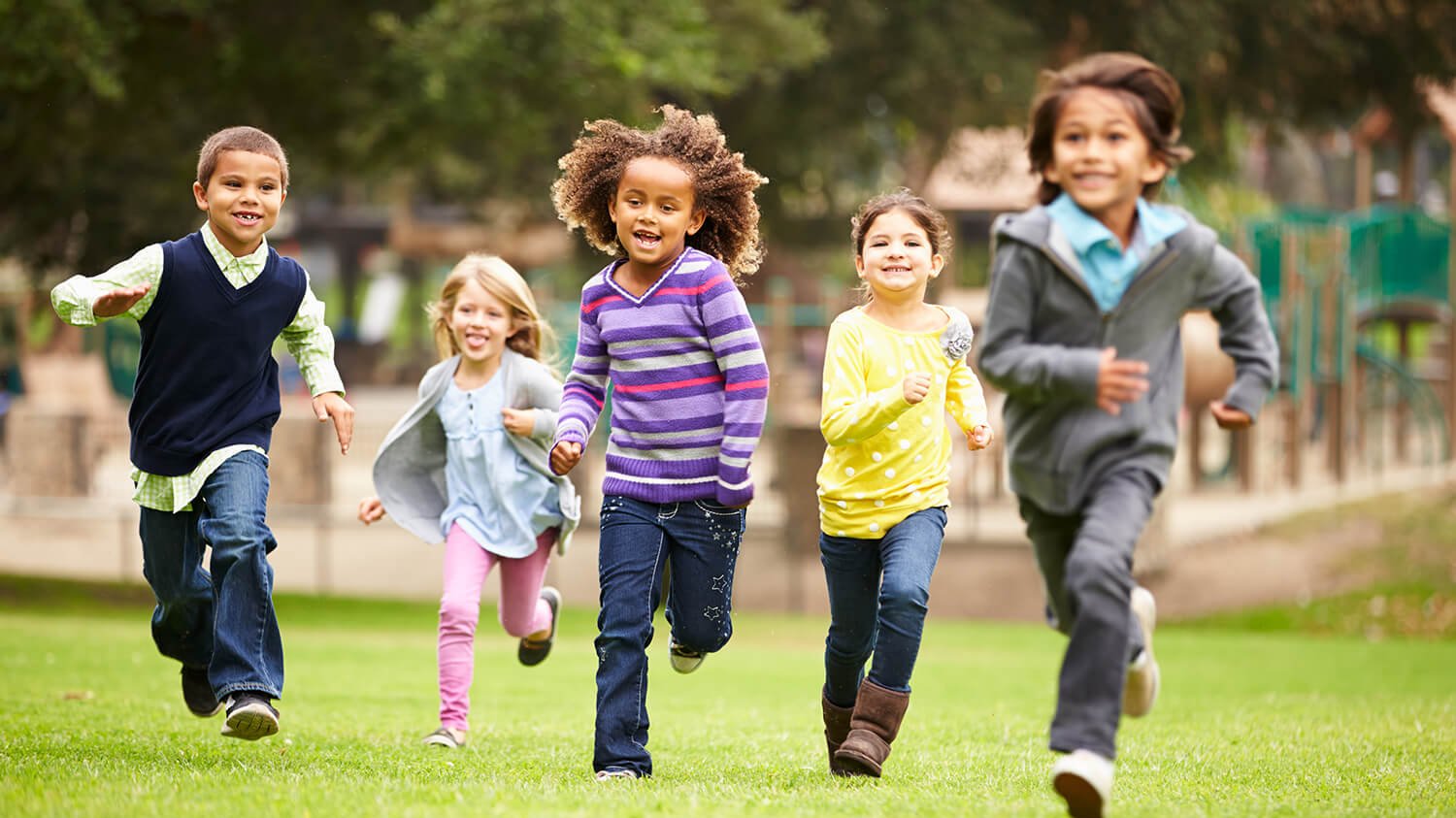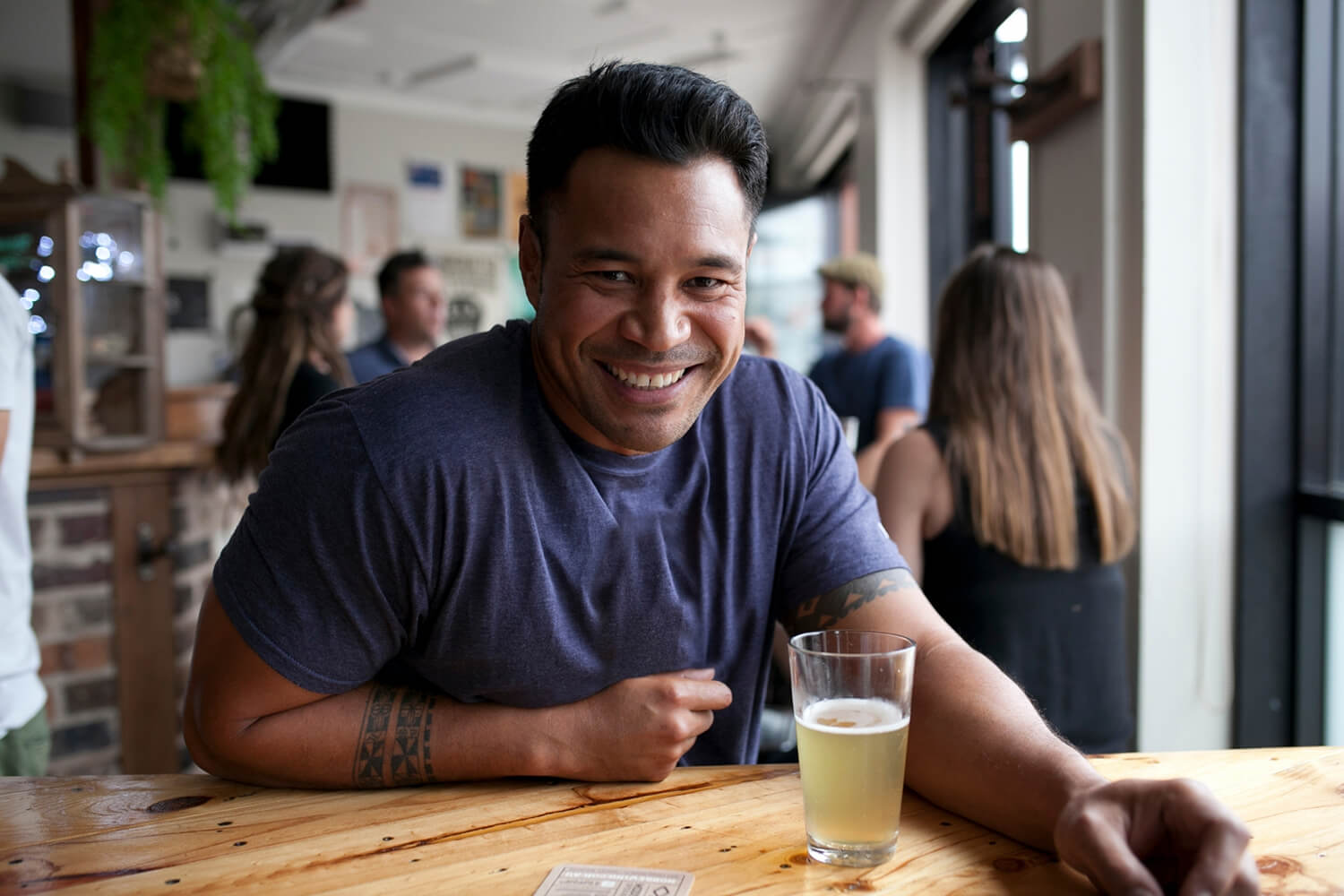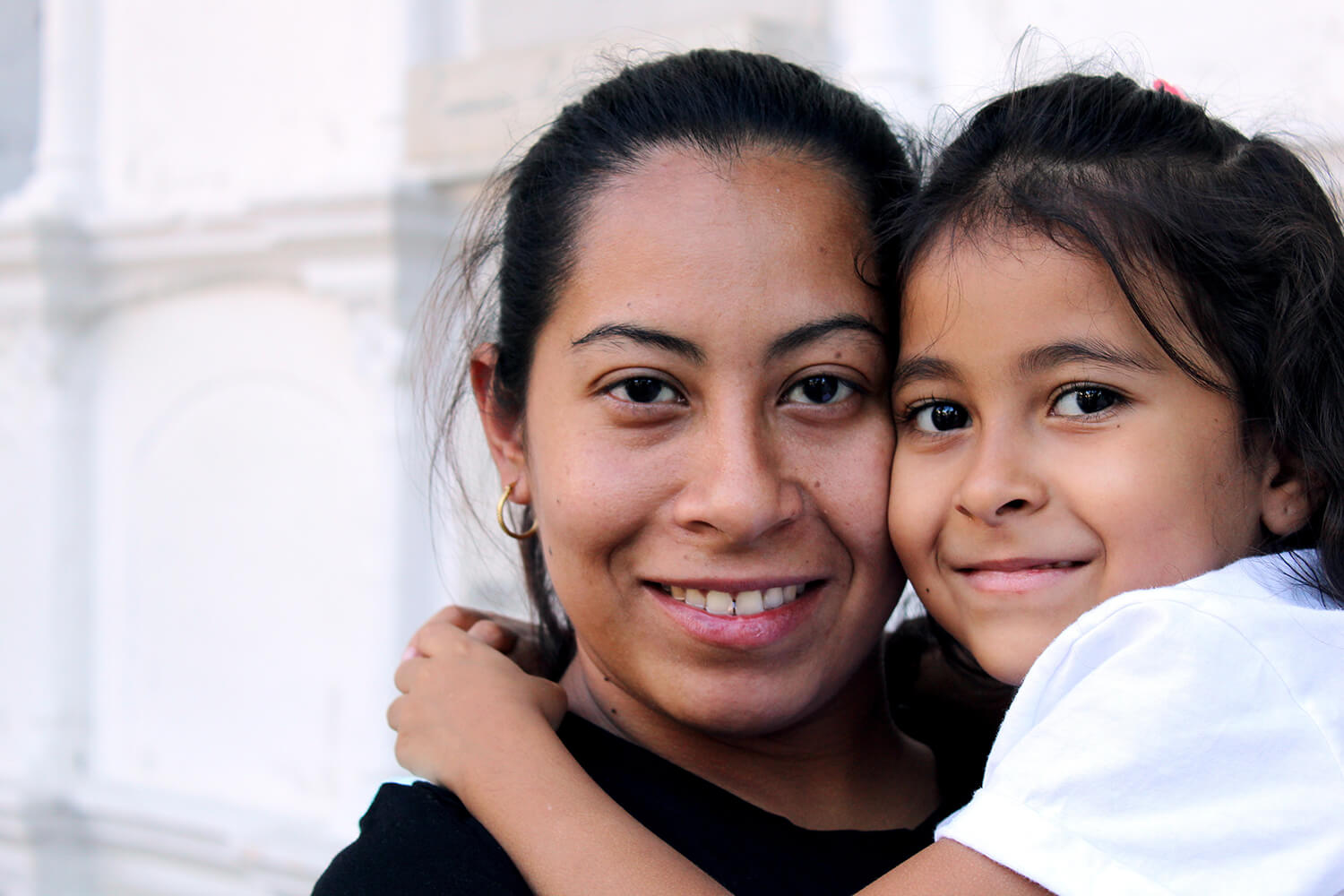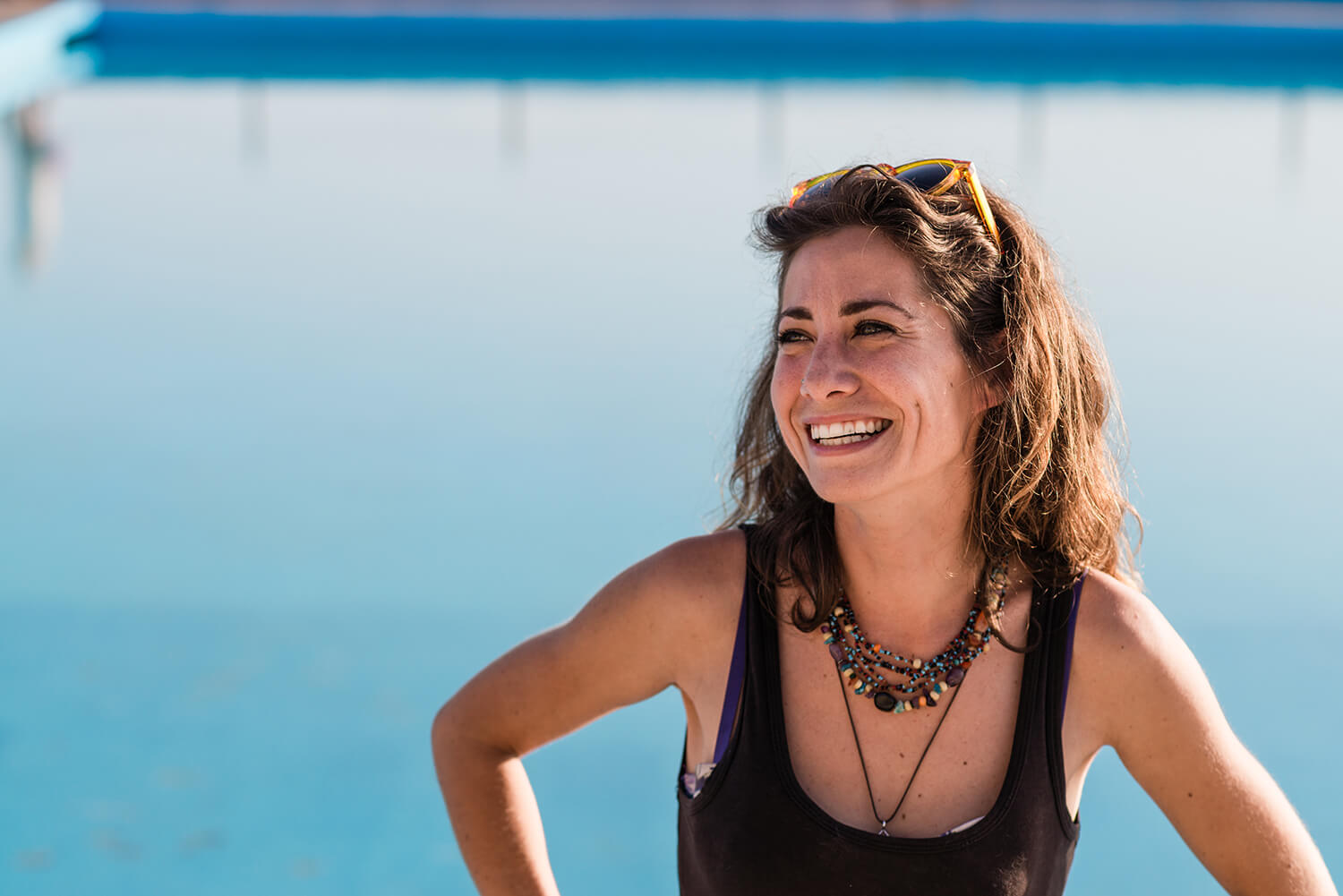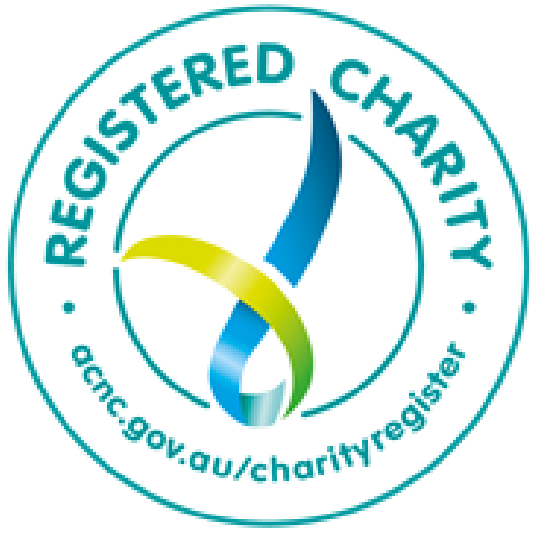In Depth with social media investigator Dr. Suku Sukunesan
With renewed attention on how social media platforms can negatively affect a young person’s body image, the pioneering work of applied social technology researcher, Dr Suku Sukunesan, could not be timelier.
In our new In Depth Podcast, Dr Sukunesan explains how a hidden network, operating right under our noses, functions to exacerbate symptoms. Young people are particularly at risk of being caught in this dark corner of the web where eating disorders are actually encouraged by others. Suku’s mission is to educate parents, clinicians, and policy makers to become more aware, so that we can mitigate risks and provide more support.
Find out more about eSafety Commission
Learn more about Body Kind Families
Sam Ikin:
This month on Let’s Talk in Depth, our guest is somebody who featured in Episode 4, Young People, Body Image and #Social Media. Suku Sukunesan is an expert researcher in applied social technology at Swinburne University. And you may have seen him recently on the news. Suku has been doing some eye-opening research into how social media is affecting people’s mental health, particularly young people.
What he’s found is that there’s an eating disorder hidden network operating right under our noses on almost all social media platforms. He describes it as a bottomless pit where kids put themselves at more risk of harm from an eating disorder. And a trigger warning: This episode contains talk of predatory behaviour.
Suku Sukunesan:
My name is Suku Sukunesan, and I’m a senior lecturer at Swinburne University. I work in the area of social media analysis and analytics. Predominantly my work involves understanding what platforms do and how people or users of the platform engage. So this would include a range of tracking, understanding hashtags, how people engage with one another on a platform.
Sam:
You’re quite interested in how these platforms are affecting people’s mental health, is that right?
Suku:
Yes, correct. We find that mental health issues more expressed by people freely on social media as opposed to in normal conversation. And this has become a major platform or I would say forum where people happily sharing and and just pour out things, we find this as a data mine to actually help and an opportunity to do intervention if possible. Now these are all things that could be done.
Sam:
There’s a growing body of evidence that young people at risk of body image issues and eating disorders are deeply affected by social media, with their symptoms worsening with increased use. Through his work, Suku has been in contact with a lot of people who are in charge of the social media platforms, and he says that it’s something they’re aware of.
Suku:
I would say there have been some reactive measures taken by platforms with a certain sort of messaging or standard messaging, but in a lot of their cases there are a lot more work that could be done.
Sam:
Are you able to give us a general idea of what you’re hoping to do with some of the major platforms, what you hope they will start to do?
Suku:
I’m hoping that the platforms would have a more structured approach in addressing mental health and the nuances of mental health. I would say everyone at some point in time would then express a certain type of issue. And if platforms could actually address that or triage in a in a proper way, aligning themselves with the right bodies like Lifeline or National Butterfly Foundtion, things like this, then you have a structured approach and triage to actually help those who are seeking help.
Sam:
Is there like a clinician, mental health clinician, or any kind of training for clinicians to help them navigate social media? Because these two areas seem like they should be working together.
Suku:
I would say clinicians are not really trained with this, but yes, there’s a willingness to understand what is going on, but you’re right, is actually hugely different. No part of any university structure or training to train clinicians professionally has ever included social media or understanding of what is going on within the social media platforms.
Sam:
It seems like these things aren’t going away right? We need to deal with them. There’s no chance that we can just shut them down because they’re a little incubator for mental health conditions.
Suku:
Absolutely true. It is just going to grow; we are seeing a growth in a range of types of applications that we get and the platforms that are coming through and so this is a bigger problem that is growing and needs addressing. And we need to address it very quickly.
Sam:
I think we spoke a little bit about a correlation between eating disorders in young people and the use of social media. What have you seen from your research that links these two things?
Suku:
There are multiple factors and variables which are involved here. One is just the growth of the number of applications that social media has to offer and how catchy they are. It is very attractive for young kids to use them, given that these applications, you can you can start using them the moment you have internet access. So, kids are just open to hundreds and thousands of these applications and there’s no parental control. And with mental health issues—with the suggestive algorithms that these platforms actually have, if you search for content, say its depressive content, the more likely the next time you are on the platform, the platform will suggest to you more depressive content. So, there’s no supervision in here, right? So, this is challenging.
Sam:
Okay, and so in terms of the way kids use it when they may be suffering from an eating disorder, that is something that could possibly make it worse.
Suku:
Yes, correct. You might find that it’s a downward spiral I would say because kids with eating disorders or who represent some sort of mental health issue would probably turn to social media for support and also to look for similar people where they actually care and share emotionally support. But then what you find is they might be reinforcing each other and without proper supervision or the right intervention by platforms, you find that they are just triggering each other and making themselves even more at risk for eating disorders.
Sam:
It can become almost a competitive kind of a process where kids compare each other and then, you know, want to aspire to be like someone else.
Suku:
Yeah, Sam you’re right. I mean they might actually share images, they might share tips on what they do, What are the techniques that you actually, what, what are the techniques that I don’t know? Do you have any ideas? So I’ve seen this sort of discussion going on um and to some extent that there are people coaching them or willing to become a body or a mentor wow. Um and it’s almost like sharing services.
Sam:
Well, this is quite a disturbing kind of a thing. It’s almost like a dark web for people to go on where they use certain hashtags to connect with other people. Am I on the right track?
Suku:
Yes, you are correct. So, a lot of discussions are coded in that sense, in this sort of tribal communication approach and hashtags and wording they use starts to move around and then there’s people who like to offer services, they look for these hashtags and then connect to this community,
Sam:
Wow, okay. And so these hashtags—and I don’t think we should probably mention them by name if that’s all right? Is that a wise thing to do? Or do you think that we should be getting these things out there so that the authorities should know what they are?
Suku:
There’s a thin line there. Sam you’re so correct. I mean, to talk about this openly to some extent, we still have a stigma in the community to actually talk about these things. But I think authorities should know, and platforms should know, and clinicians should know. And because these are the people who are most involved, parents should know. So, I mean, we’re talking about young kids who shape our nation’s future and so in some sense, we’ve got more responsibility here to do, especially when we’re talking about young, vulnerable people. More needs to be done.
Sam:
And you said that the platforms need to intervene at some point. We know that they intervene in political discussions and in many other ways. Is there any mention of eating disorders?
Suku:
I’ll say yes, there have been steps taken by certain platforms. So some hash tags are automatically barred. But then the problem is that they are text based. So for example, we could take out the word ABC. What then users start to do is they start to use AA or BB. Then it becomes AABC, which still then becomes part of the conversation and is still allowed and not banned.
Sam:
So there needs to be a bit more intelligence in understanding this.
Sam:
I can remember being a kid as well, if the teachers tried to shut something down, you’d find a way to do it. Absolutely. So I mean, so, so what can they do then? What can these platforms do?
Suku:
I think we need to actually be a bit more intelligent and take a take a step back. Our objective as a platform or to address this issue should not be banning [the social media platforms], but educating them. So we need to take a softer approach, but a longitudinal view that we could actually help them out with the structured interventions. This is what a lot of my work is tailored to, hoping to do.
Sam:
Are you able to give us an idea of what that might look like?
Suku:
It might look like, for example, when someone is engaging in a discussion that is presented to us as risky. The platform should take immediate measures to then intervene, to send some sort of information offering them help? And this would be then triaged in a very structured manner, involving the right organisations and clinicians to be supporting the work.
This is where the tricky part comes in. How do you resource this and how do you resource clinicians and how do you train clinicians to provide support in cyber psychology…warfare? That’s what I would actually call it, if I could. And this is going to be the next 5-10 years of what we’re looking at.
Sam:
In your discussions that you’ve had with the major platforms, is this something that they would like to address. Is there any reluctance?
Suku:
There is willingness to address this, but as all platforms, there is the financial in mind. I think that the entity is to actually grow business and to make revenue. Hence this sort of agenda is perhaps, I don’t know, lower on their priority list.
Sam:
Also, I think there was a point that I wanted to touch on where, you know, the kids that are vulnerable to mental health and when they go online they can become vulnerable to that becoming worse. Also the people who want to take advantage of these hashtags, could you tell us a little bit about that?
Suku:
Yes. So, when young kids feel isolated from their immediate community, which is a physical community, they tend to gravitate online to actually find support or find people with whom they can seek comforting. But what happens is within the eating disorder environment, you have people who would then take advantage of these young kids who are feeling vulnerable and depressed. The way they do that is by offering their services to coach them or to mentor them, so they can even become thinner or find ways to actually do things. This is a bit more sinister because what we have seen is these people who want to take advantage of them, by the reports that we have actually seen, are middle aged men who like to prey on young kids. So this would mean grooming, very predatory sorts of behaviours. In some instance, we have heard, some studies from Netherlands, that I’m sort of actually connected to, that they’ve actually engaged in sexual harassment and rape.
Sam:
Wow, that’s really that’s quite staggering what’s happening, and how widespread is this now?
Suku:
This is actually quite widespread. So, in my initial analysis, just on Twitter data, I found that there’s huge number of requests just on Twitter alone, which is one single platform. We have about 300 requests a day. And this is actually huge when you look at the number of platforms, so, the number of channels that we could actually have. So, when kids approach these platforms without any supervision or intervention, you find this is a major issue. And most of these studies have been done with a human trafficking group in Netherlands with whom we are actually in contact with right now in the hope that we would actually find some solution for this.
Sam:
Have people been prosecuted for predatory behaviour in this way?
Suku:
It will be hard to share some of this information because some of them are classified. But what I could actually say is there are cases being investigated at this moment. But if I can say there’s 300 requests a day on one platform, then you could see how many platforms we have and the issues involved. Some of the complexities with the platforms are people switching accounts. You know, you can close down your account or you can have multiple accounts on one platform with different names. So it becomes very tricky at the platform level.
Sam:
Well, that is that is quite staggering. And do you think this is something that Australian authorities know enough about or are aware of?
Suku:
I’m not too sure really. I doubt if this has been a major issue or initiatives which are actually taken, you know, or really obtained their attention really. I’m not too sure. But what remains is there needs to be a lot of awareness and discussion at a very high level that so that we could actually make policy to protect young children um from this.
Sam:
Well thank you so much for your time today. I really appreciate it.
Suku:
Thanks Sam. Thanks for the opportunity. It was a good chat and talk about this.
Sam:
For any concerned families. Butterfly has done some really good work on supporting kids’ resilience to the messaging that they might see on social media. Some of the suggestions include:
- Make use of privacy settings
- Block, mute restrict or unfollowed triggering accounts
- Delete and restrict unhelpful interactions or posts
- Filter out offensive words and phrases
- Turn off notifications
- Make real connections
- Avoid the pitfall of comparison
- Report bullying or predatory behaviour.
I put a link to a really helpful fact sheet in our show notes and for more resources, check out Butterly.org.au. And remember help is available for anyone struggling with an eating disorder through the Butterfly helpline on 1 800 ED HOPE, that’s 1 800 33 4673. And another contact that I want to put out here is the e-safety commission. It’s an organisation dedicated to empowering all Australians to have safer, more positive experiences online. And it’s also where you can report online abuse.
If you liked this episode of the Butterfly podcast, you might want to write a review or leave us a rating wherever you get your podcasts. We would really appreciate it and remember, as always, please share it with a friend. I’m Sam Ikin. The Butterfly podcast is an Ikin Media production for Butterfly Foundation.


